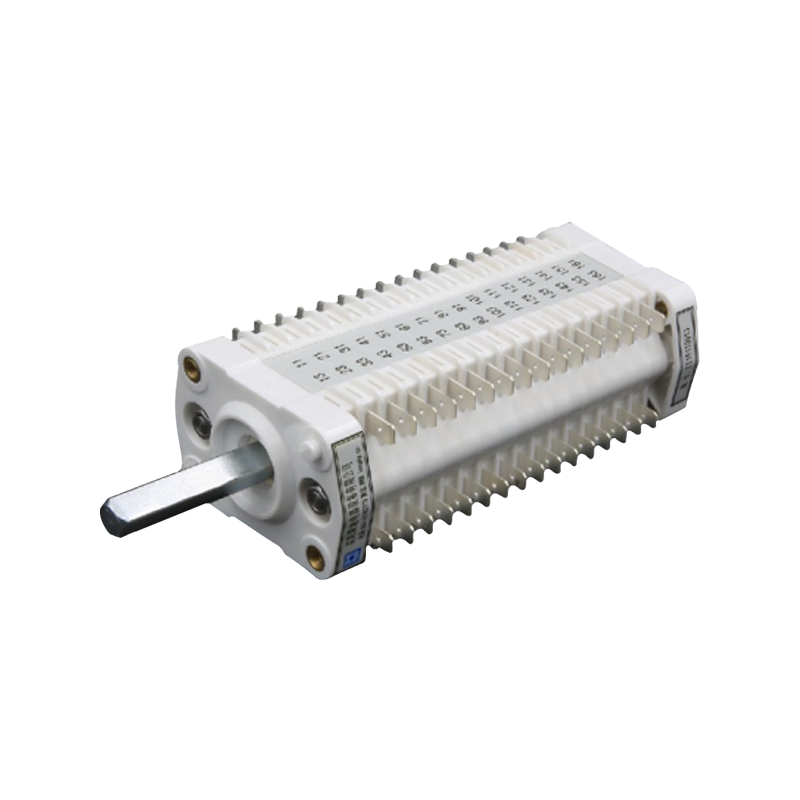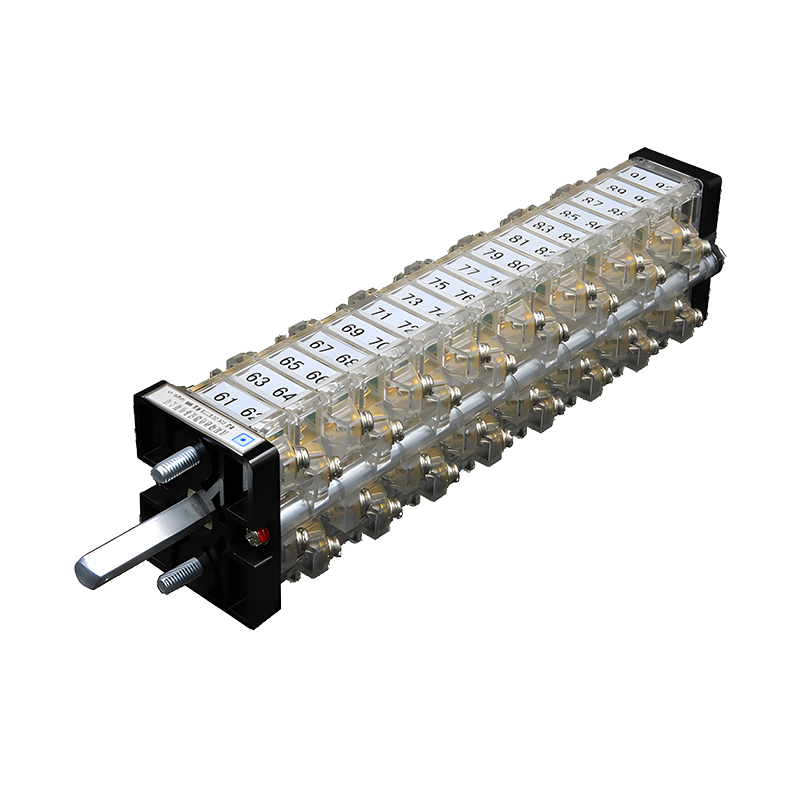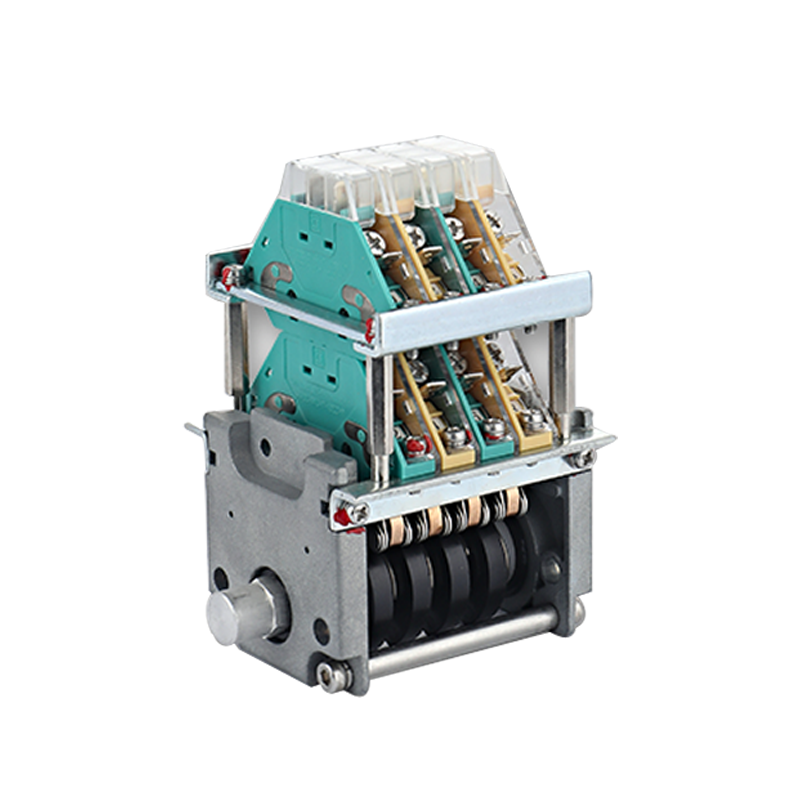

The way to detect the auxiliary switch of high voltage circuit breaker
Release time:2024-06-05
In the power system, high voltage circuit breaker plays a vital role. It
not only cuts off and switches on load currents, but also automatically
disconnects faulty circuits in the event of a short circuit. However,
the reliability of high-voltage circuit breakers is not inherent, but
needs to be ensured through meticulous testing and maintenance. In this
process, the testing of auxiliary switches is particularly critical.
Today, we will discuss how to effectively detect the auxiliary switch of
high-voltage circuit breakers.
First, we need to understand the basic function of the auxiliary switch. The auxiliary switch is an important part of the high voltage circuit breaker, and its main role is to monitor the status of the circuit breaker, including the opening and closing status, the number of operations, and the presence of faults. This information is crucial for maintenance personnel because they can help them determine whether the circuit breaker is operating properly and whether it needs to be repaired or replaced.

Next, let's look at the specific steps of auxiliary switch inspection. The first step is a visual inspection. This involves checking the exterior of the auxiliary switch for signs of damage, corrosion, or burnout. While this step may seem simple, it provides a first-hand look at the health of the auxiliary switch.
The second step is a mechanical performance test. This is mainly done by manually operating the auxiliary switch and checking whether its action is flexible and whether there is any jamming. If it is found that the action is not smooth, then the auxiliary switch may need to be cleaned or lubricated.
The third step is the electrical performance test. This step requires the use of specialized testing equipment, such as a multimeter or insulation resistance tester, to detect the contact resistance and insulation resistance of the auxiliary switch. These parameters can reflect the contact and insulation condition inside the auxiliary switch, which is crucial for judging whether it can work properly.

The fourth step is analog signal detection. This step is to check whether the auxiliary switch can accurately send out status signals by simulating the operation process of the circuit breaker. For example, when the circuit breaker is closed, the auxiliary switch should send out the corresponding closing signal; and vice versa. If abnormal signals are found, then the internal structure of the auxiliary switch may need to be further examined.
The final step is a comprehensive analysis. By comprehensively analyzing the results of the previous steps, we can arrive at the overall health of the auxiliary switch. If serious problems are found, then the auxiliary switch may need to be replaced immediately; if the problems are minor, then appropriate repair measures can be taken.
Overall, the detection of high-voltage circuit breaker auxiliary switches is a systematic process, which requires us to utilize a variety of methods and tools to conduct a comprehensive assessment from multiple perspectives. Only in this way can we ensure that the high-voltage circuit breaker can play its proper role at the critical moment and provide stable and reliable power support for our life.

In this challenging era, the stable operation of the power system is more important than ever. Therefore, we must pay enough attention to every detail of high-voltage circuit breakers, especially those seemingly insignificant but concerning parts of the big picture - auxiliary switches. By carefully testing and maintaining them, we can ensure the safe and efficient operation of the whole power system and provide a solid foundation for the development and progress of society.
First, we need to understand the basic function of the auxiliary switch. The auxiliary switch is an important part of the high voltage circuit breaker, and its main role is to monitor the status of the circuit breaker, including the opening and closing status, the number of operations, and the presence of faults. This information is crucial for maintenance personnel because they can help them determine whether the circuit breaker is operating properly and whether it needs to be repaired or replaced.

Next, let's look at the specific steps of auxiliary switch inspection. The first step is a visual inspection. This involves checking the exterior of the auxiliary switch for signs of damage, corrosion, or burnout. While this step may seem simple, it provides a first-hand look at the health of the auxiliary switch.
The second step is a mechanical performance test. This is mainly done by manually operating the auxiliary switch and checking whether its action is flexible and whether there is any jamming. If it is found that the action is not smooth, then the auxiliary switch may need to be cleaned or lubricated.
The third step is the electrical performance test. This step requires the use of specialized testing equipment, such as a multimeter or insulation resistance tester, to detect the contact resistance and insulation resistance of the auxiliary switch. These parameters can reflect the contact and insulation condition inside the auxiliary switch, which is crucial for judging whether it can work properly.

The fourth step is analog signal detection. This step is to check whether the auxiliary switch can accurately send out status signals by simulating the operation process of the circuit breaker. For example, when the circuit breaker is closed, the auxiliary switch should send out the corresponding closing signal; and vice versa. If abnormal signals are found, then the internal structure of the auxiliary switch may need to be further examined.
The final step is a comprehensive analysis. By comprehensively analyzing the results of the previous steps, we can arrive at the overall health of the auxiliary switch. If serious problems are found, then the auxiliary switch may need to be replaced immediately; if the problems are minor, then appropriate repair measures can be taken.
Overall, the detection of high-voltage circuit breaker auxiliary switches is a systematic process, which requires us to utilize a variety of methods and tools to conduct a comprehensive assessment from multiple perspectives. Only in this way can we ensure that the high-voltage circuit breaker can play its proper role at the critical moment and provide stable and reliable power support for our life.

In this challenging era, the stable operation of the power system is more important than ever. Therefore, we must pay enough attention to every detail of high-voltage circuit breakers, especially those seemingly insignificant but concerning parts of the big picture - auxiliary switches. By carefully testing and maintaining them, we can ensure the safe and efficient operation of the whole power system and provide a solid foundation for the development and progress of society.
